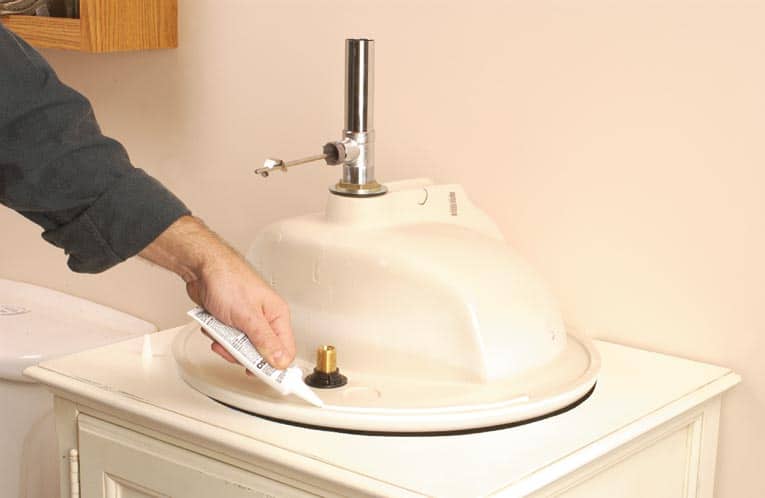Properly caulking or silicone around a bathroom sink is an important step to ensure a tight seal and prevent water damage. Whether you're installing a new sink or just freshening up the old one, here are the steps to follow for a professional-looking job. How to Caulk or Silicone Around a Bathroom Sink
When it comes to caulking a bathroom sink, it's important to choose the right type of caulk. The best caulk for a bathroom sink is one that is specifically designed for use in wet areas, such as bathrooms and kitchens. Look for a caulk that is waterproof, mold and mildew resistant, and flexible to allow for movement without cracking or peeling. Some popular options include silicone caulk and acrylic-latex caulk. Best Caulk for Bathroom Sink
Now that you have the right caulk, here's a step-by-step guide on how to properly caulk a bathroom sink: Step-by-Step Guide for Caulking a Bathroom Sink
One common question when it comes to caulking a bathroom sink is whether to use silicone or caulk. While both serve the same purpose of sealing gaps and preventing water damage, there are some differences to consider. Silicone is more flexible and waterproof than caulk, but it can be more difficult to work with and may require a longer drying time. Caulk, on the other hand, is easier to work with but may not be as durable in wet areas. Consider your needs and the condition of your sink before deciding which one to use. Silicone vs. Caulk for Bathroom Sink
To achieve a professional-looking caulk job, here are some tips to keep in mind: Tips for a Professional-Looking Caulk Job
Even with the best intentions, it's easy to make mistakes when caulking a bathroom sink. Here are some common mistakes to avoid: Common Mistakes When Caulking a Bathroom Sink
Over time, caulk can crack, shrink, or become discolored, which can result in a weak seal and potential water damage. It's important to regularly check the caulk around your bathroom sink and re-caulk as needed. Depending on the type of caulk used, it may need to be replaced every 1-5 years. How Often Should You Re-Caulk Your Bathroom Sink?
As mentioned earlier, it's important to choose a caulk that is waterproof for bathroom sinks. Some popular waterproof caulks include silicone, acrylic-latex, and polyurethane. Be sure to read the label and choose a caulk specifically designed for use in wet areas. Waterproof Caulk for Bathroom Sink
If you're re-caulking your bathroom sink, you'll need to remove the old caulk first. Here's how to do it: How to Remove Old Caulk from a Bathroom Sink
When it comes to silicone for a bathroom sink, look for a product that is specifically designed for use in wet areas and is mold and mildew resistant. Some popular options include GE Silicone II Kitchen & Bath, DAP Kitchen & Bath Silicone, and Loctite Clear Silicone. Now that you have a better understanding of how to caulk or silicone around a bathroom sink, you can confidently tackle this DIY project and enjoy a leak-free sink for years to come. Remember to choose the right caulk, follow the steps carefully, and regularly check and re-caulk as needed for a well-maintained bathroom sink. Best Silicone for Bathroom Sink
The Importance of Properly Sealing Your Bathroom Sink with Caulk or Silicone

Why is Caulk or Silicone Necessary?
The Purpose of Caulk and Silicone
 Caulk and silicone are both sealants that are used to close gaps or cracks between two surfaces. In the case of a bathroom sink, caulk or silicone is used to seal the joint between the sink and the countertop. This prevents water from seeping in and causing damage to the surrounding areas, such as the cabinet or floor. It also helps to keep the area clean and free of mold and mildew.
Caulk and silicone are both sealants that are used to close gaps or cracks between two surfaces. In the case of a bathroom sink, caulk or silicone is used to seal the joint between the sink and the countertop. This prevents water from seeping in and causing damage to the surrounding areas, such as the cabinet or floor. It also helps to keep the area clean and free of mold and mildew.
The Benefits of Using Caulk or Silicone
 Properly sealing your bathroom sink with caulk or silicone offers numerous benefits. First and foremost, it prevents water damage. Water can easily seep into small cracks or gaps and cause rot, mildew, and mold. This not only damages the sink and surrounding areas but can also affect the structural integrity of your home. Additionally, caulk or silicone also helps to keep the area clean and free of bacteria and mold growth, which can be harmful to your health.
Properly sealing your bathroom sink with caulk or silicone offers numerous benefits. First and foremost, it prevents water damage. Water can easily seep into small cracks or gaps and cause rot, mildew, and mold. This not only damages the sink and surrounding areas but can also affect the structural integrity of your home. Additionally, caulk or silicone also helps to keep the area clean and free of bacteria and mold growth, which can be harmful to your health.
How to Properly Apply Caulk or Silicone
 Applying caulk or silicone around your bathroom sink may seem like an easy task, but it requires some skill and attention to detail. First, make sure the area is clean and free of any debris or old caulk. Using a caulk gun, apply a steady and even bead of caulk or silicone along the joint between the sink and the countertop. Then, using a wet finger or a caulk smoothing tool, smooth out the caulk to create a clean and even seal. Finally, let it dry according to the manufacturer's instructions before using the sink.
Applying caulk or silicone around your bathroom sink may seem like an easy task, but it requires some skill and attention to detail. First, make sure the area is clean and free of any debris or old caulk. Using a caulk gun, apply a steady and even bead of caulk or silicone along the joint between the sink and the countertop. Then, using a wet finger or a caulk smoothing tool, smooth out the caulk to create a clean and even seal. Finally, let it dry according to the manufacturer's instructions before using the sink.
Regular Maintenance is Key
 While caulk and silicone are durable and long-lasting, they still require regular maintenance. Check the seal around your sink every few months and reapply caulk or silicone as needed. This will help to prevent any potential water damage and keep your bathroom looking clean and fresh.
In conclusion, properly sealing your bathroom sink with caulk or silicone is crucial for the functionality and longevity of your bathroom. It not only prevents water damage but also helps to keep the area clean and free of harmful bacteria. So when designing your bathroom, make sure to pay attention to this important detail and regularly maintain the seal to ensure a beautiful and functional space for years to come.
While caulk and silicone are durable and long-lasting, they still require regular maintenance. Check the seal around your sink every few months and reapply caulk or silicone as needed. This will help to prevent any potential water damage and keep your bathroom looking clean and fresh.
In conclusion, properly sealing your bathroom sink with caulk or silicone is crucial for the functionality and longevity of your bathroom. It not only prevents water damage but also helps to keep the area clean and free of harmful bacteria. So when designing your bathroom, make sure to pay attention to this important detail and regularly maintain the seal to ensure a beautiful and functional space for years to come.











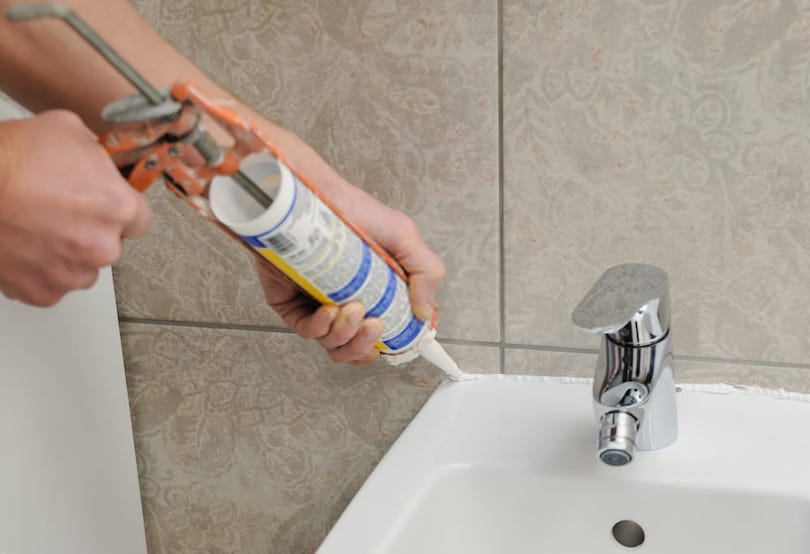






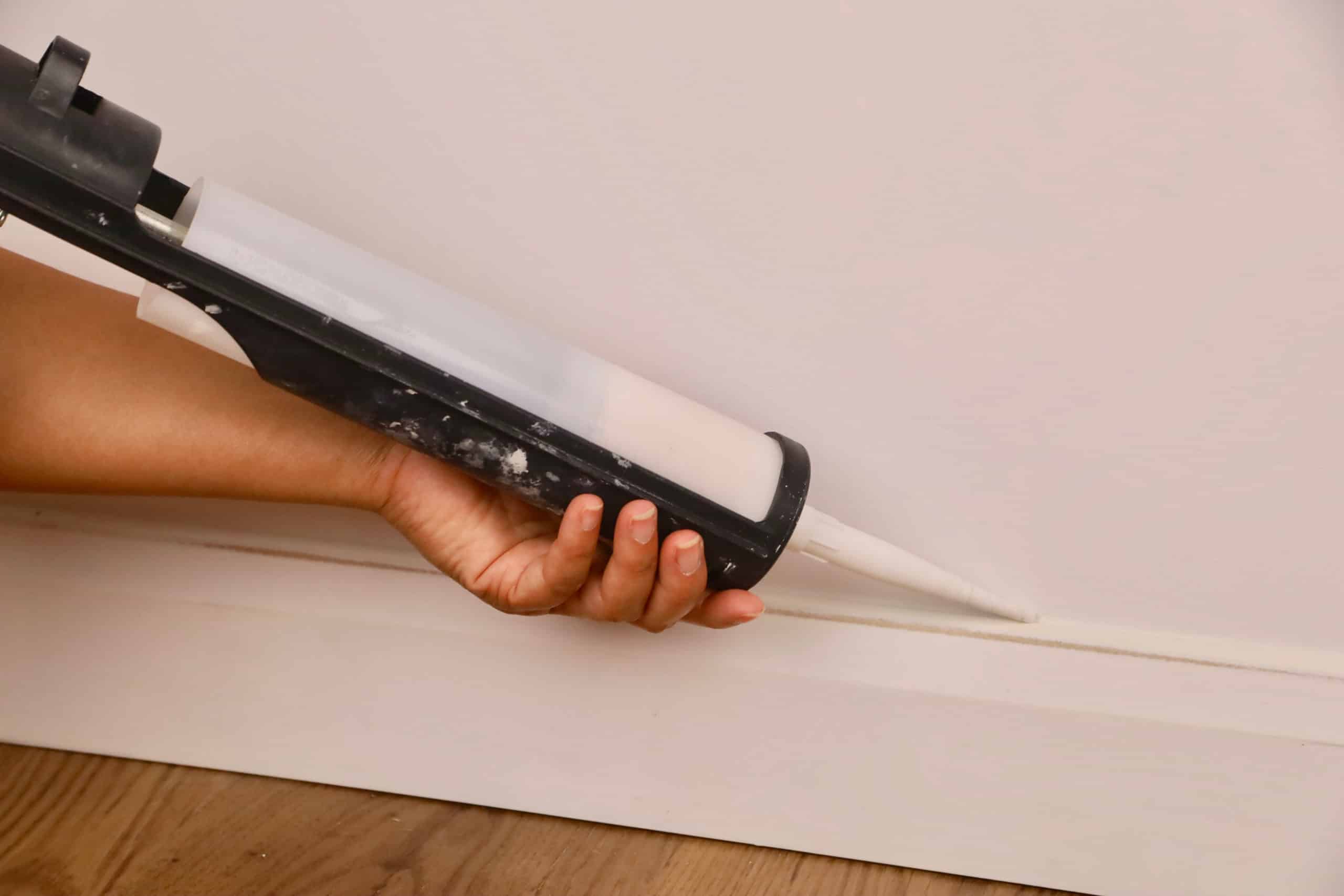




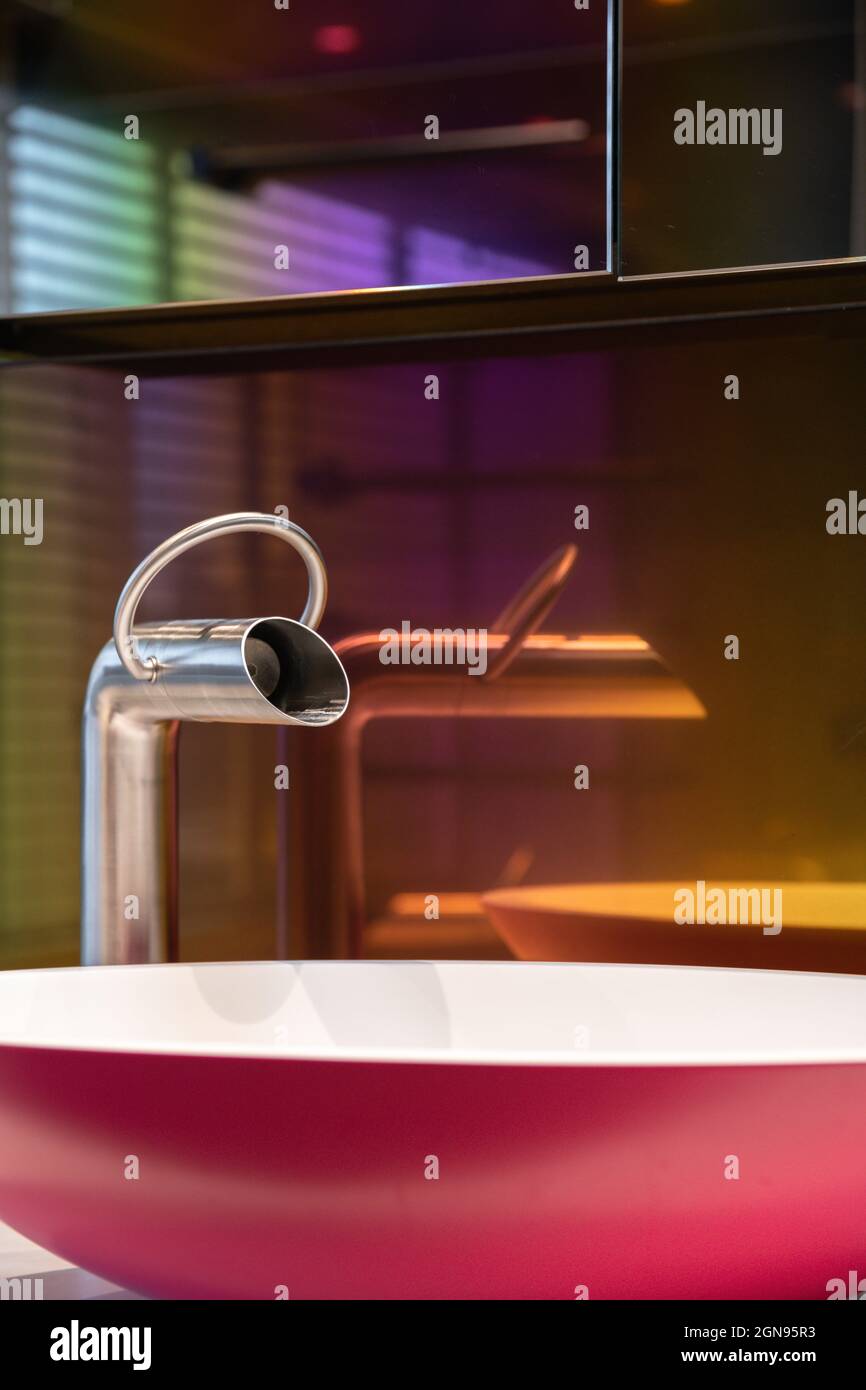

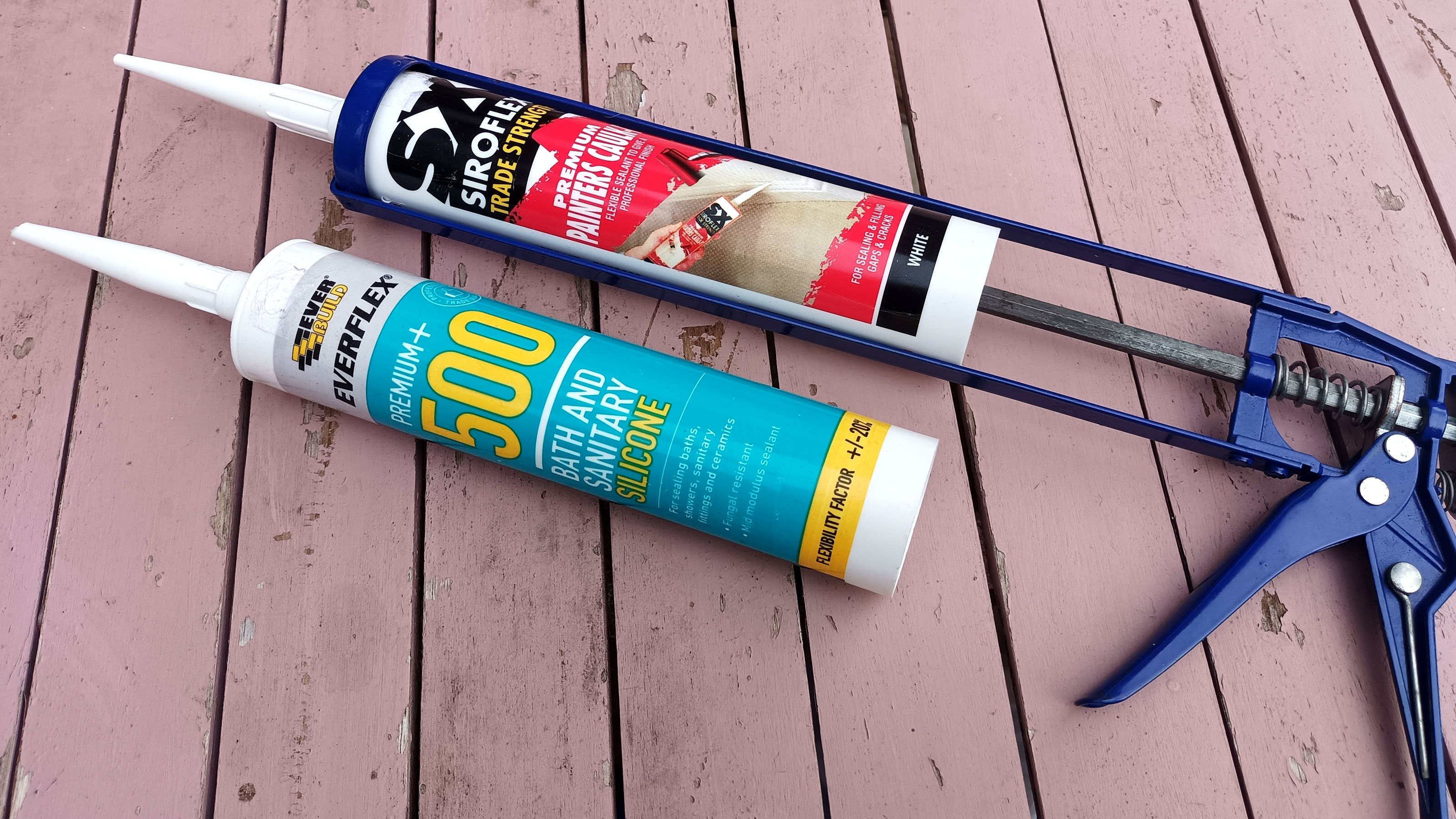

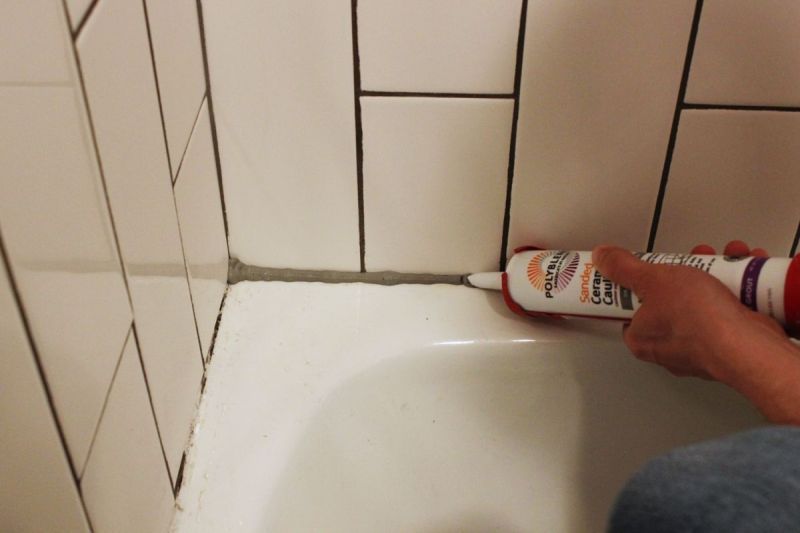



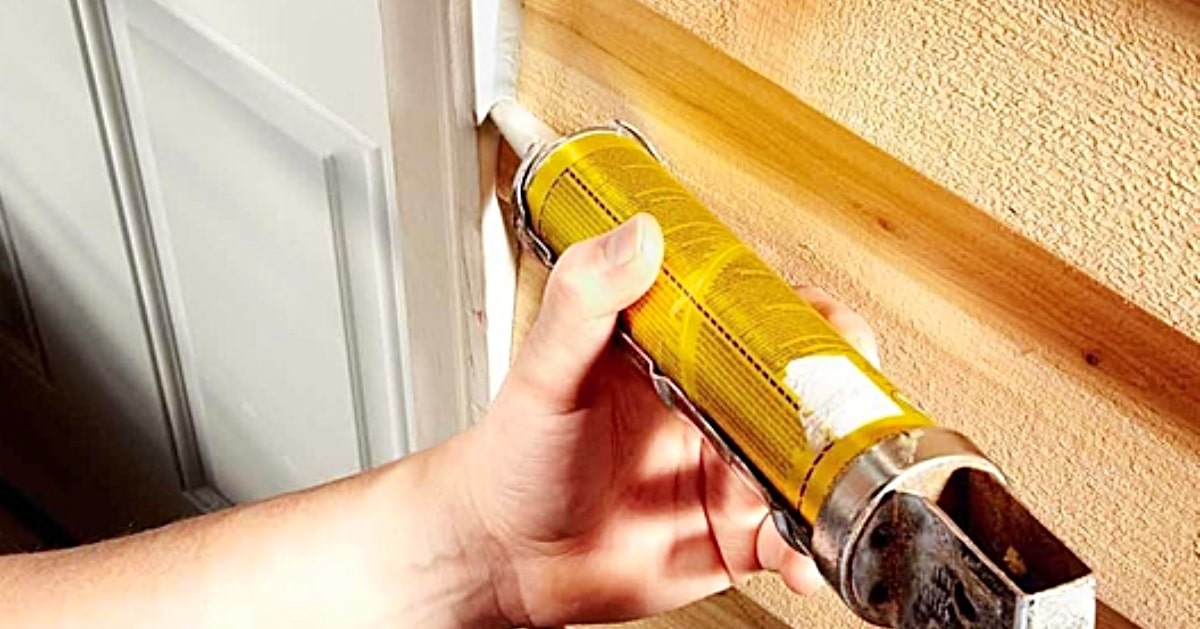
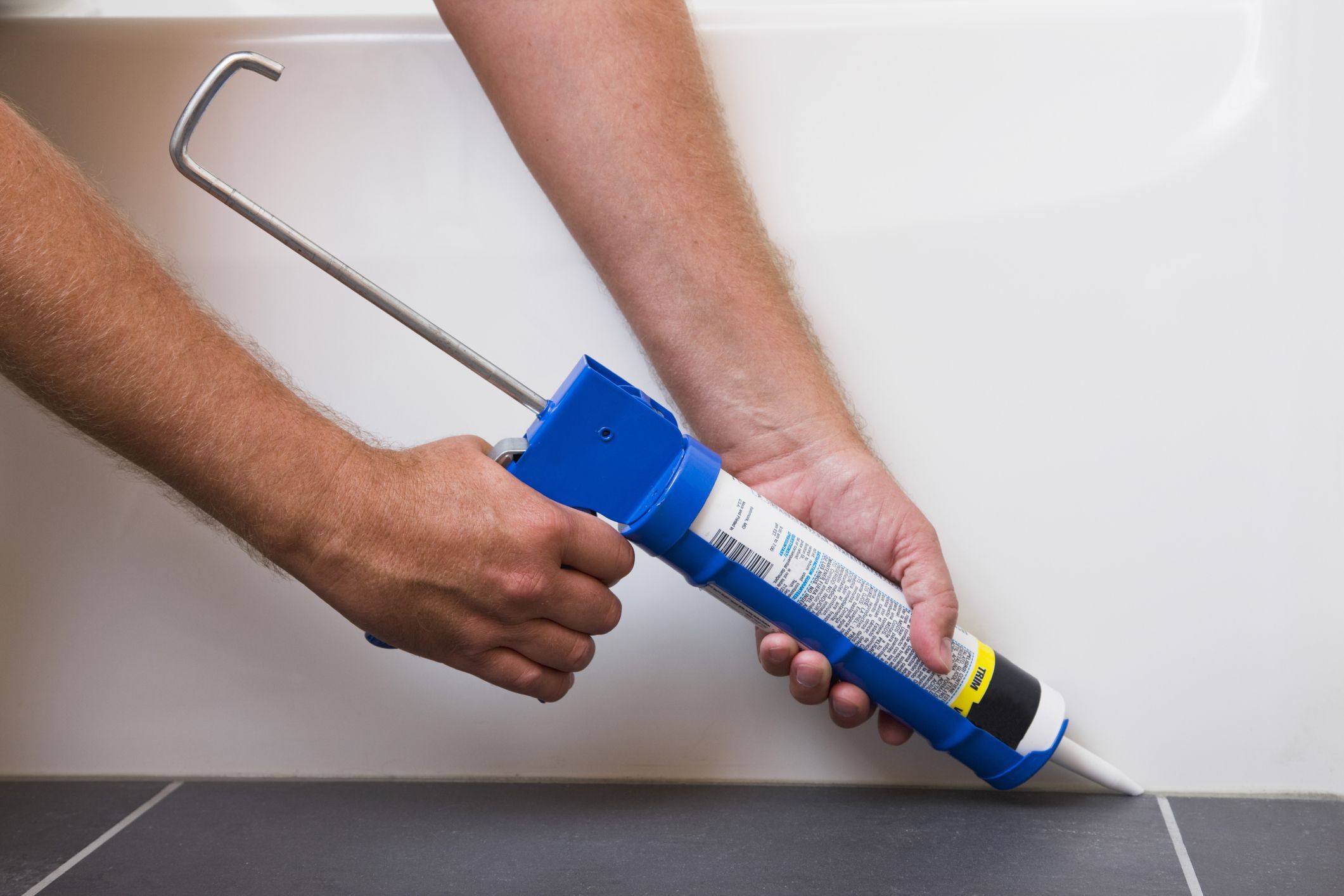



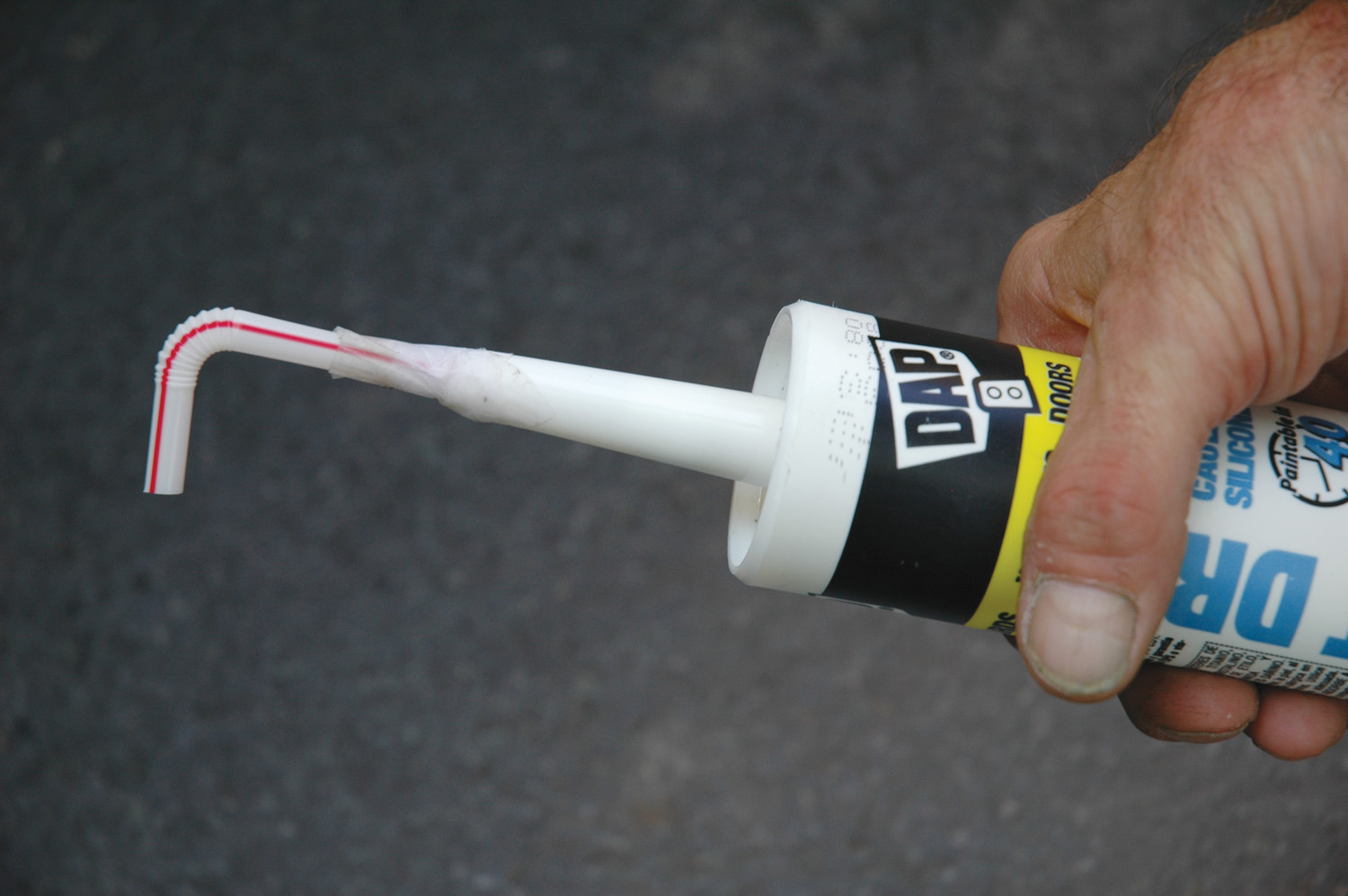

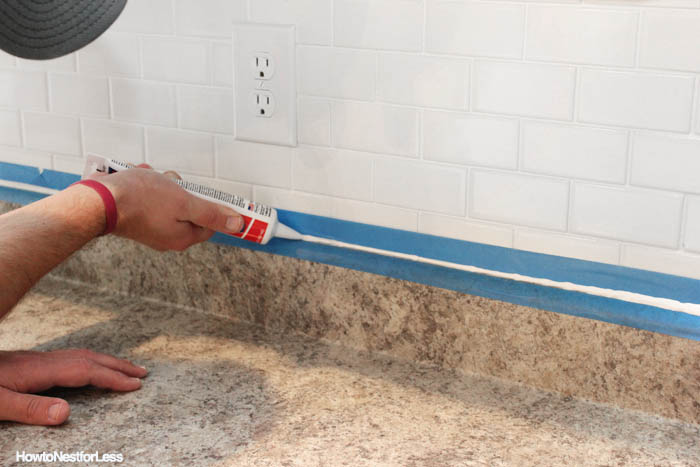
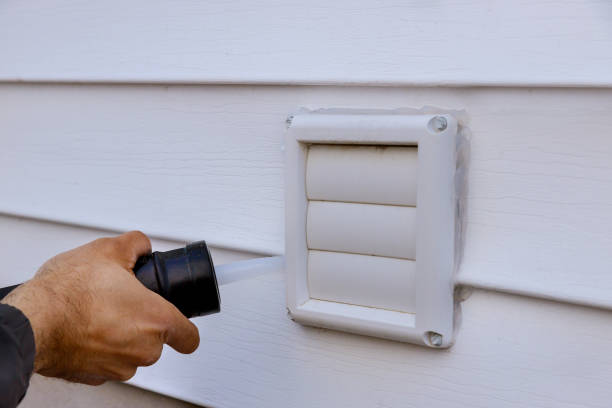








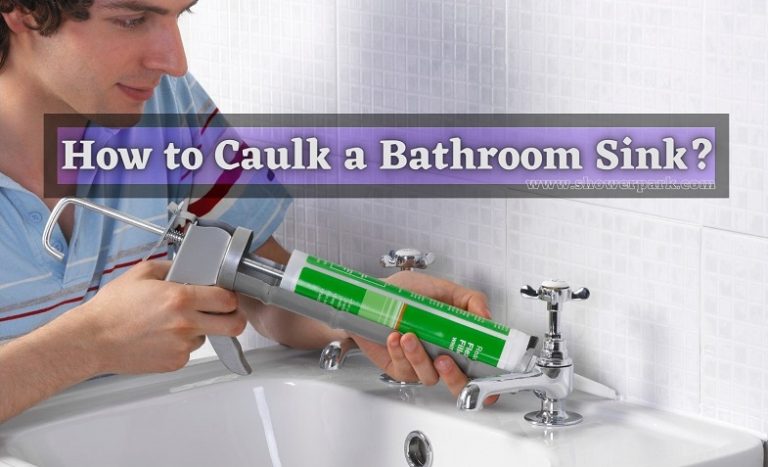



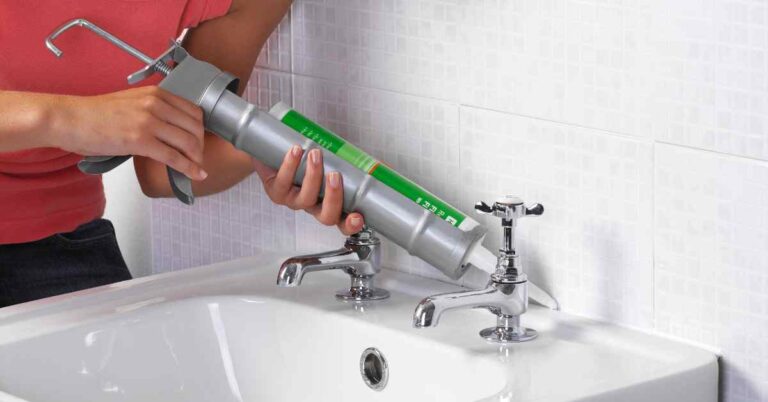





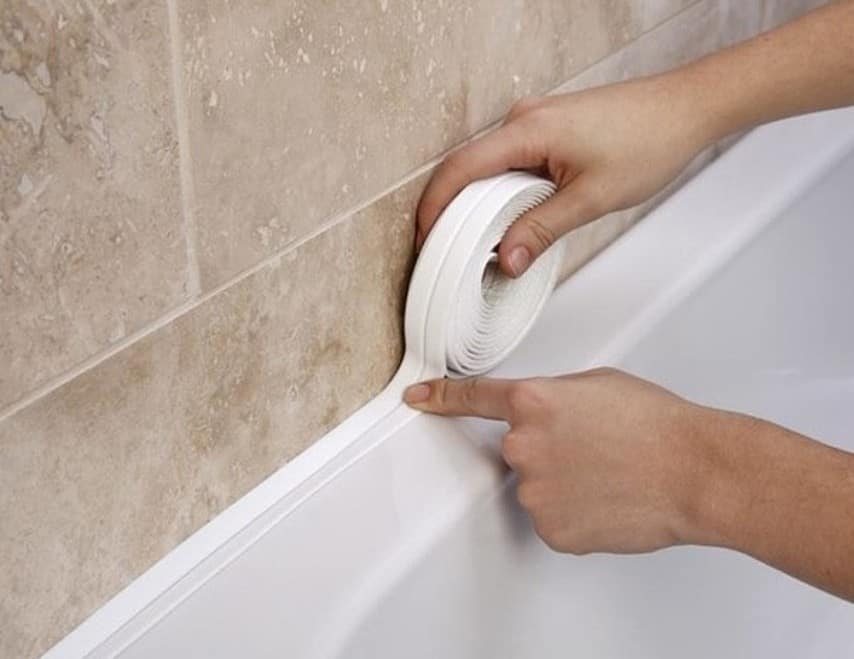





:max_bytes(150000):strip_icc()/how-to-remove-old-caulk-1824827-01-3d0370c59e124dbbaa6560c68bab111c.jpg)

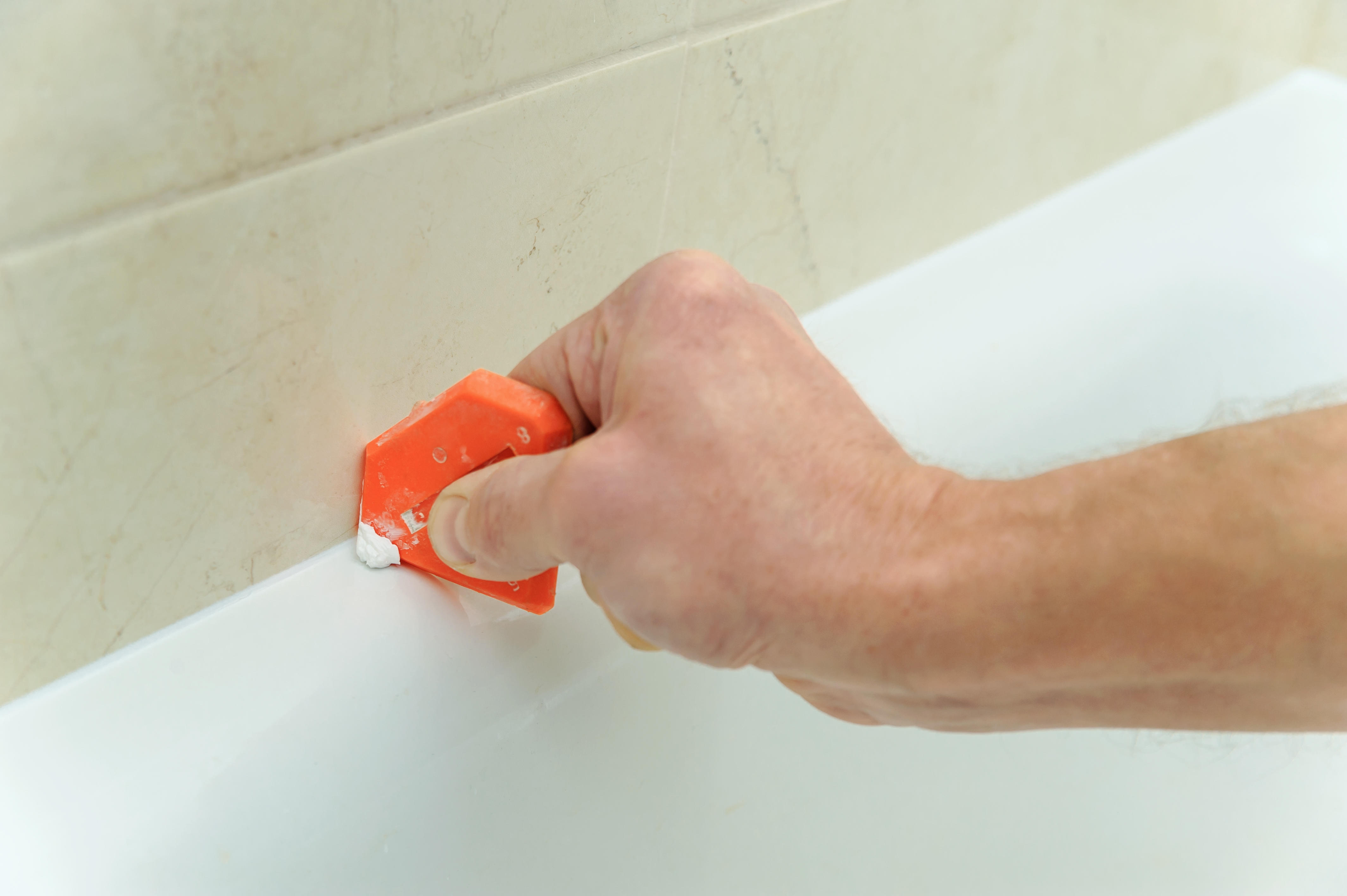
:max_bytes(150000):strip_icc()/how-to-remove-old-caulk-1824827-hero-4863fcf5169e426da8f822429ed46301.jpg?strip=all)


